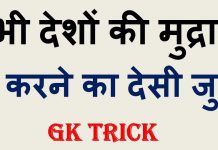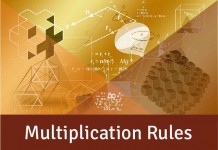Percentage Question Set 5
Hello Readers,
Percentage questions are asked in almost all competitive exams. They are followed by simple tricks and calculations, and cover about 2% of the paper marks. Here is a sample paper sheet of the missing number puzzle for your practice. Do give us a review.
Q1. A salesman’s terms were changed from a flat commission of 5% on all his sales to a fixed salary of Rs. 1000 plus 2.5% commission on all sales exceeding Rs. 4000. If his remuneration as per the new scheme was Rs. 600 more than by the first scheme, what were his sales worth?
(a) Rs. 11000
(b) Rs. 17000
(c) Rs. 16000
(d) Rs. 12000
(e) None of these
Q2. In an examination it is required to get 296 of the total maximum aggregate marks to pass. A student gets 259 marks and is declared failed. The difference of marks obtained by the student and that required to pass is 5%. What are the maximum aggregate marks a student can get?
(a) 690
(b) 780
(c) 740
(d) Cannot be determined
(e) None of these
Q3. A monthly return railway ticket costs 25% more than a single ticket. A week’s extension can be had for the former by paying 5% of the monthly paid for the monthly ticket (with extensions) is Rs. 84, the price of the single ticket is
(a) Rs. 64
(b) Rs. 80
(c) Rs 48
(d) Rs 72
(e) None of these
Q4. In three vessels, each of 100 L capacity, mixture of milk and water is failed. The ratio of milk and water are 4 : 1, 2 : 3, 4 : 3 in the respective vessels. If all three vessels are emptied into a single large vessel, then what will be the ratio of water to milk in the resultant mixture?
(a) 43 : 62
(b) 197 : 214
(c) 219 : 117
(d) 179 : 234
(e) None of these
Q5. In a town, 60% of the adult population is male. a% of the adult males and b% adult females are educated. The total number of educated adult male and uneducated adult females is equal in number to the total number of uneducated adult males and educated adult females. If a and b are both integers, which of the following could be the set of values (a, b)?
(a) (20, 30)
(b) (20, 10)
(c) (30, 15)
(d) (30, 20)
(e) None of these





















